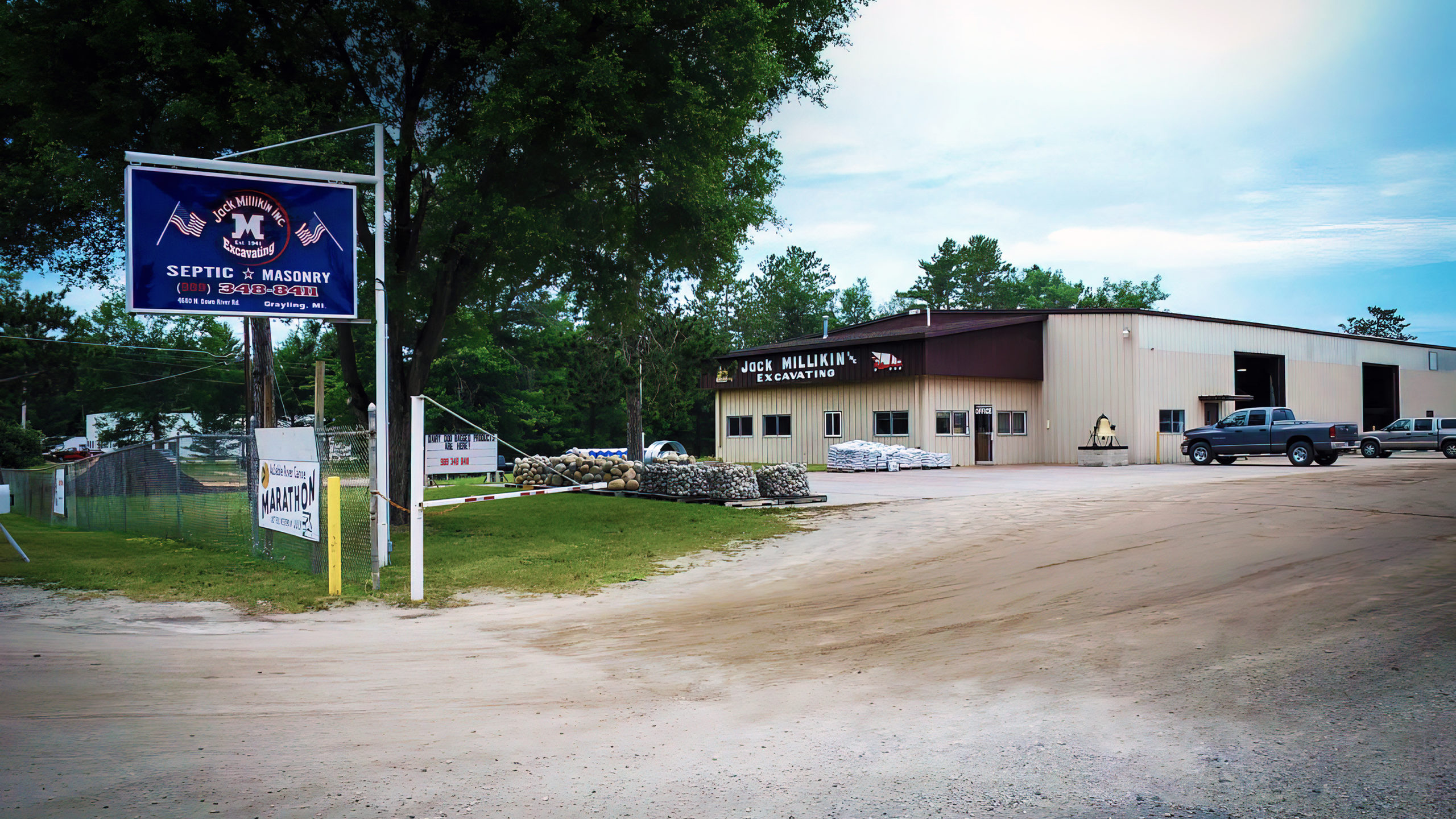Q1: How often should I have my septic tank cleaned / serviced?
A1: The District Health Dept. #10 recommends a service interval of approximately every 3 to 4 years. (click here to be added to our “service reminder” mailing list)
Q2: How do I locate my septic tank?
A2: Often visual clues such as slightly mounded or slightly depressed areas in the yard can indicate a septic tank location. You may use a metal rod to probe the drain line exiting the home, which will lead to the septic tank. Typically the tank is made of concrete and is located within 20 ft. of the structure. Keep in mind that it will be as deep, or deeper than the drain line exiting the home.
Q3: What should I do if I’m buying a home with a septic system?
A3: We recommend an inspection of the septic system prior to any home sale. A basic inspection for a few hundred dollars may reveal potential problems that could cost thousands to repair down the road. Call us for pricing information, or to schedule an inspection.
Q4: What else should I do to take care of my septic system?
A4: Please visit our Septic System Maintenance Tips page.
Q5: Can I drive on my septic system?
A5: You should never drive over the septic tank or drainfield area with a heavy vehicle, or machinery. Riding lawnmowers are typically OK as long as the septic tank is in good structural condition.
Q6: How do I know if I have a septic system, or if I have sewer service?
A6: If you receive a bill for water and / or sewer service from your local government that likely means that you do not have a septic system. You may contact that unit of government to find out for sure.
Q7: Can I plant trees and/or shrubs near my septic system?
A7: Avoid planting anything with a substantial root system within 10 ft of the septic tank OR drainfield.

